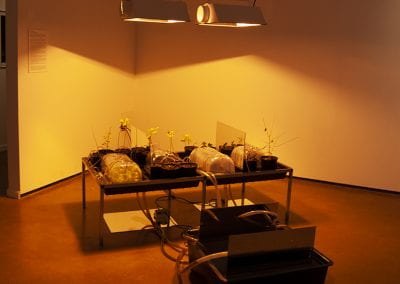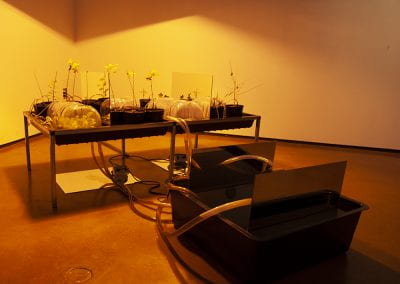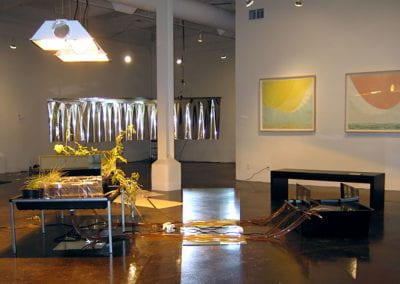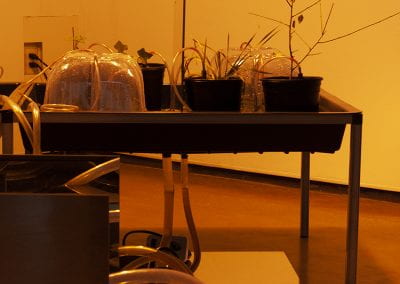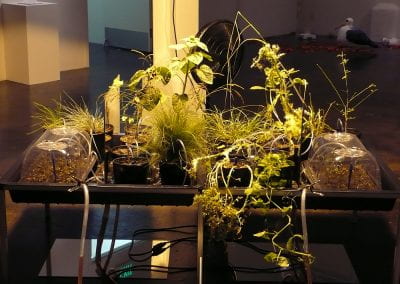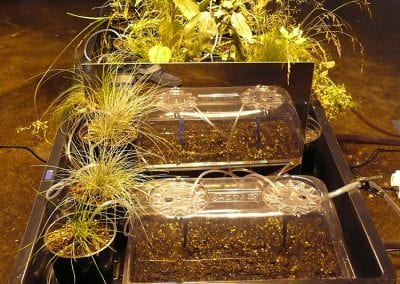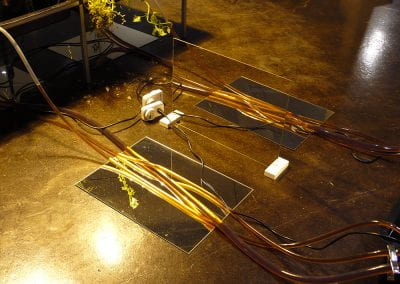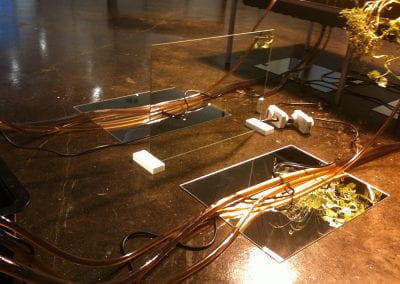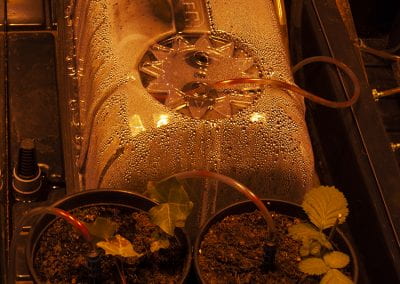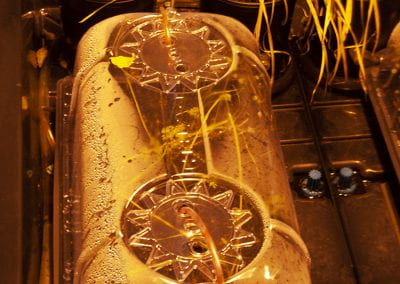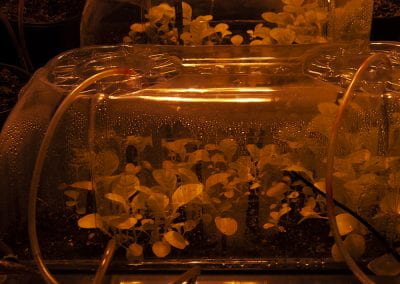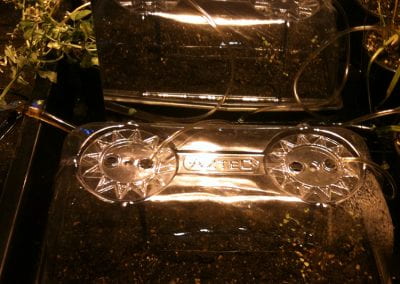
Nonsite
Project description
Non-Site, Alamitos Creek
Dialectics is not only the ideational formula of thesis—antithesis—synthesis forever sealed in the mind, but an ongoing development. Natural forces, like human nature, never fit into our ideas, philosophies, religions, etc. In the Marxian sense of dialectics, all thought is subject to nature. Nature is not subject to our systems. The old notion of “man conquering nature” has in effect boomeranged.
– Robert Smithson, Robert Smithson: The Collected Writings
In 1968 writing about his concept of the Non-Site, the artist Robert Smithson proposes a space of dialectics and translation: “Between the actual site…and The Non-Site itself exists a space of metaphoric significance [where]…everything between the two sites could become physical metaphorical material devoid of natural meanings and realistic assumptions.”
Smithson’s Non-Sites established a dialectical relationship between map and metaphor, land and site, objects and ideas. In his work the mirror functions as the surface of endless repetition and dialectics. For Smithson dialects are unceasing non-containable natural forces where divisions retain their autonomy while subsuming, overlapping, and reflecting.
Smithson’s work engages a moment of ecological and social entropy—where nature and culture have “boomeranged” to give rise to The Monuments of Passaic, New Jersey. How do we understand and represent landscape in the 21st century when so much of it has been mediated and polluted by human activities? At the dawn of the Westward Expansion artists painted grand and beckoning scenes of the American wilderness. These works of art spawned a desire for the cultivation and industrialization of the West. Is 19th and 20th century pollution a pictorial element of 21st century landscape?
For this work I observed University of California, Santa Cruz scientists Russ Flegal and Priya Ganguli study of mercury in creeks. The mountains surrounding the San Francisco Bay are an abundant source of mercury, which was mined from the mid-19th to the mid-20th century. The mercury was used in the gold mining process in the Sierras. Mercury and other heavy metals continue to leach into creeks, which eventually empty into the bay. Mercury is always with us in one form or another. It is a bioaccumulate where each organism in the food chain accumulates mercury in its tissue from the organism it eats. The food chain eventually leads to us.
Superfund sites dot the American landscape as the monuments of progress. How do we remediate these sites? One method is the replant these places with species of plants hybridized or genetically modified to purge the toxicants from the soil and water. Is the 21st century American sublime a cultivated landscape of toxification and remediation?
This work is a Non-Site of remediation and natural processes. It represents a dialectic between the hybridized phytoremediates and the hardy survivors of the natural landscape—cultivated hydroponically. The lab enters the landscape. On the left are plants that draw mercury out of soil and water; on the right are plants that survive at the site along the Alamitos Creek. The water feeding the non-site is drawn from the Alamitos Creek. Mirrors reflect each process onto the other in the ongoing dialectics of the nature and cultivation, pollution and remediation.
This work was supported by UCSC Arts Research Institute, the generous assistance of 3rd Street Hydroponics in Oakland, and the research of Russ Flegal and Priya Ganguli.
